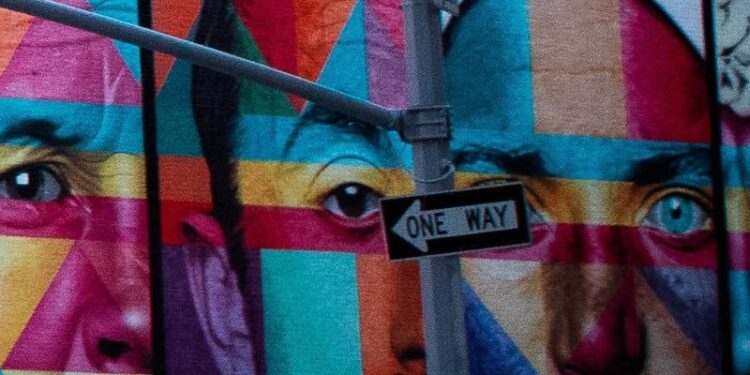Google released an online game called Quick, Draw! in November 2016. The game aims to draw a given object in less than 20 seconds. But this isn’t a regular game.
As the user draws, an advanced neural network tries to guess what kind of object it is, and its guesses get better as the user adds more details. Outside of Quick, Draw!, being able to recognize and classify hand-drawn doodles has important implications for the development of artificial intelligence in general.
For example, research in computer vision and pattern recognition, especially in subfields like Optical Character Recognition (OCR), would benefit greatly from a robust classifier on high-noise datasets. For this project, we focused on putting the finished doodles into groups based on how they were made. Even though the goal of this task is more accessible than the goal of the original game, it is still challenging because there are 345 categories, the doodles in each class are different, and the doodles from different types look a lot alike.
Google’s online drawing game Quick, Draw! is based on a neural network and uses artificial intelligence to guess what players are trying to draw. With each new drawing it sees, the AI gets better at making guesses.
The AI gets better at guessing what will be drawn next because it learns from each drawing. The player only has a certain amount of time to draw, like in Pictionary (20 seconds). It can guess simple ideas like “foot” or more complicated ones like “animal migration.”
There are six rounds in a game of Quick, Draw! During each round, the player has 20 seconds to draw a random prompt from the game’s database while the AI tries to guess what they pulled, similar to how Pictionary works.
At the end of each Quick, Draw round, the player gets their drawings and the results. They can also look at how the artificial intelligence compares their picture to other players before they quit or play again.
It is a machine learning-powered game. You draw something, and a neural network tries to guess what it is. Of course, it is not always successful. However, the more you play with it, the more it learns. It’s just one example of how we can use machine learning in entertaining ways.
Conclusion
Furthermore, Google has made public a Quick, Draw! A dataset containing more than 50 million images in 345 categories. There are a variety of image representations available. Each drawing is represented as a series of line vectors in one dataset, while each image is contained in a 28×28 grayscale matrix.
Source: indiaai.gov.in









